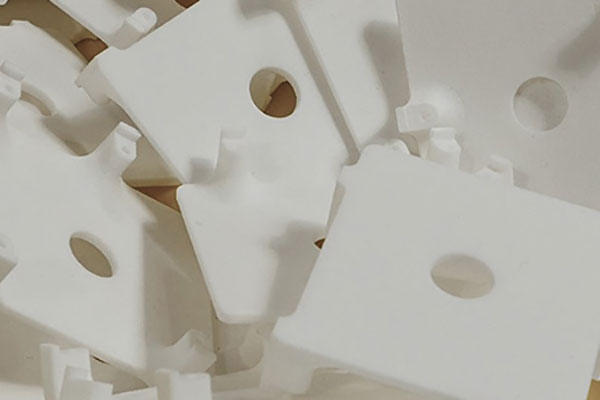Tooling Delays? Get Parts in Days! Consider Additive Manufacturing
As designers and engineers become more accustomed to using AM, and more materials become readily available at lower prices, additive technologies will only continue to grow as a significant force in the manufacturing process.

Latest News
September 11, 2019
As additive technologies, materials, and processes mature, so does the argument for using additive manufacturing (AM) to make production parts—let go of traditional manufacturing constraints and embrace a new mindset that explores additive manufacturing as a serious means of production.
Additive Manufacturing vs. Injection Molding
The additive technologies most commonly used for production of plastic parts include Fused Deposition Modeling (FDM), Selective Laser Sintering (SLS), and Multi Jet Fusion (MJF).
The break-even point of AM compared to injection molding (IM) was once a few hundred parts but is now pushing into the thousands with trends showing the cut-off point even higher in the coming years.
Although, if you are projecting production volumes in the 10’s, 100’s of thousands, or even millions, AM can still prove to be a strong option for manufacturing throughout the early stages of production. AM has many other benefits not explicit to part price comparisons.
Click thru to read more about production-grade materials, lower costs, repeatable processes, and reliable supply chains—considerations, advantages, and application examples included!
More FATHOM Coverage
Subscribe to our FREE magazine, FREE email newsletters or both!
Latest News






